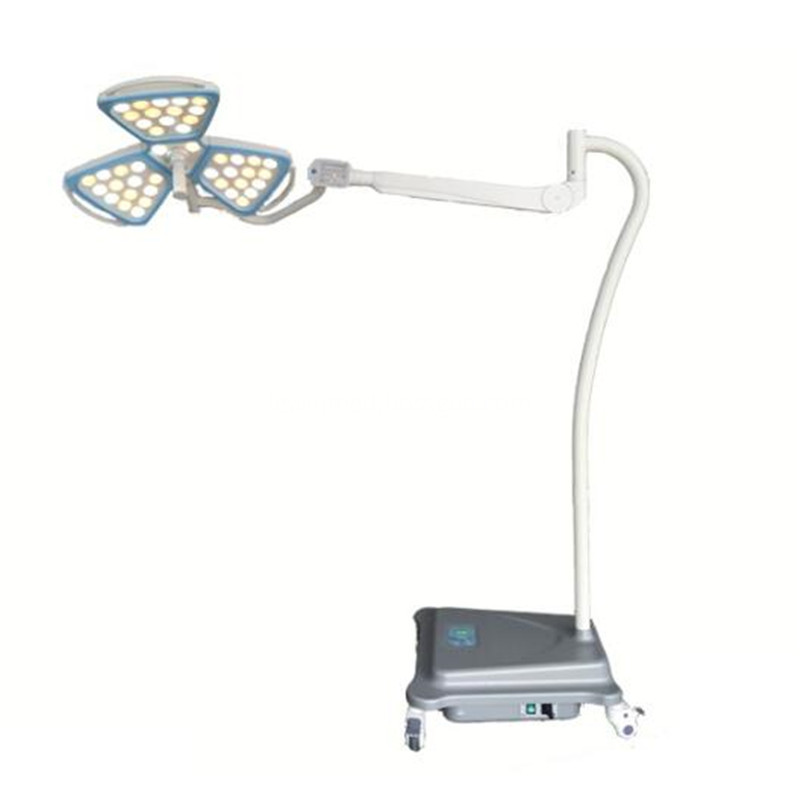In order to effectively monitor the growth and development of broodstock and enhance oyster production, it is recommended to transfer the broodstock from larger ponds into smaller ones ranging from 667 to 1500 square meters when the water temperature is approximately 10°C. Before introducing the broodstock, small ponds should be thoroughly disinfected to ensure a clean and healthy environment. During the transfer process, it's important to separate well-developed broodstock from those with poor growth, allowing for more targeted care. The stocking density should be maintained between 120 kg to 150 kg per 667 square meters. Once the breeding season ends, each pond can be emptied in batches, which not only allows for focused management of underdeveloped broodstock but also prevents disturbance to those that are still maturing. Additionally, any sick or injured fish found in the sub-pools can be treated promptly with appropriate medication.
After feeding and fertilizing, the gonads enter a critical phase of growth, requiring a high level of nutrients. For spring carp broodstock, the main diet consists of naturally cultivated food organisms. Before transferring the broodstock into the ponds, base fertilizer should be dissolved in the water, and organic fertilizer should be applied at a rate of 300–500 kg per 667 m². Squid brood pools should receive more manure, while scorpion fish ponds benefit from increased excrement. Topdressing should be limited to one application to maintain stable water quality, ensuring the water remains both "live" and "fat," with a transparency of around 30 cm. Fifteen days before oxytocin treatment, fertilization can be reduced or stopped. Grass carp broodstock during spring should primarily feed on green materials, supplemented with finer feeds. Early stages involve feeding grain sprouts, malt, and buckwheat cakes, followed by lettuce leaves and ryegrass. As they approach ovulation, their food intake will decrease or stop entirely. Herring broodstock mainly consume snail meat, with supplementary feeds such as bean cake or compound feed.
Once the spring pond is operational, the water depth should be kept around 1 meter to help raise the water temperature, promote the growth of food organisms, and support better feeding conditions for the fish. Pro-fish ponds must be regularly flushed with fresh water to keep the water clean and increase oxygen levels. Early flushing should occur about 10 times, then reduce to once a week, gradually shortening the interval. Two weeks before spawning, flushing should be done every other day. Grass herring broodstock may require daily flushing. It’s best to add new water in the afternoon, each time for 3–5 hours, raising the water level by 15–20 cm. This careful management ensures optimal conditions for broodstock development and successful breeding outcomes.
Flower shape design origin from the principle of aerodynamics, it reduces the surface area that impedes the flow of air from the air supply ceilings, resulting in a less turbulent flow underneath the light; the flower shape also can suit to mobile type, can choose straight arm or tube arm; the battery inside of the lamp base can last long for 8 hours, the flower lamp spot diameter is adjusted by electric, the brightness of different LEDs is adjusted automatically to change the spot size, which will avoid the possible occurance of mechanical malfunctions;

Flower Mobile OT Lamp,Battery With Lamp,Mobile Medical Lamp,Mobile Surgery Lamp
Shandong Lewin Medical Equipment Co., Ltd. , https://www.lewinmed.com